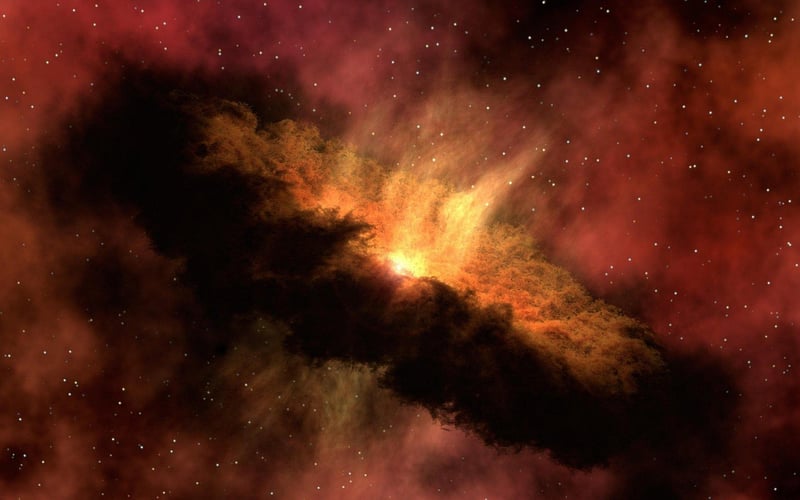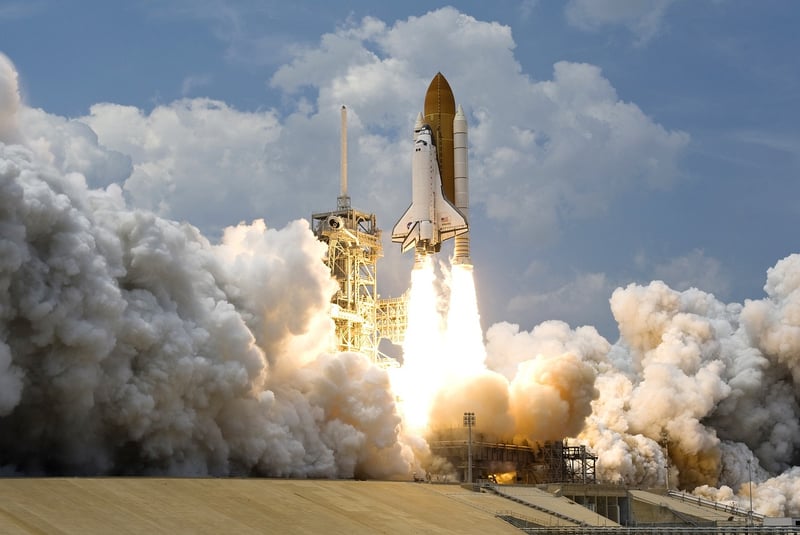Voyager Mission
Embark on a Journey Through the Cosmos: The Voyager Mission

Humans have always been fascinated by the vast expanse of the universe and the planets, stars, and galaxies that populate it. One of the most remarkable endeavors in space exploration is the Voyager Mission, which has allowed us to explore celestial bodies beyond our own solar system.
The Voyager Mission: A Brief Overview
The Voyager Mission consists of two robotic probes, Voyager 1 and Voyager 2, launched by NASA in 1977. These spacecraft were designed to study the outer planets of our solar system, including Jupiter, Saturn, Uranus, and Neptune. However, their mission extended far beyond the confines of our immediate cosmic neighborhood.
Exploring Beyond Our Solar System
After completing their primary mission of planetary exploration, Voyager 1 and Voyager 2 continued their journey into interstellar space. These probes carry a golden record containing sounds and images from Earth, intended to communicate the story of our planet to any extraterrestrial beings that may encounter them.
Significance of the Voyager Mission
The Voyager Mission has provided invaluable data about the outer planets of our solar system, revolutionizing our understanding of these distant worlds. Moreover, the probes' journey into interstellar space represents a remarkable feat of human engineering and exploration, showcasing our ability to reach beyond the confines of our own planet.
Continuing the Legacy of Exploration
As we continue to push the boundaries of space exploration, the Voyager Mission stands as a testament to human curiosity and ingenuity. The data collected by these probes continues to enhance our knowledge of the cosmos and inspire future generations of scientists and explorers.
Embark on your own cosmic journey and marvel at the wonders of the universe, just as the Voyager probes have done for decades.

For more information about the Voyager Mission, visit the official NASA Voyager Mission website.
